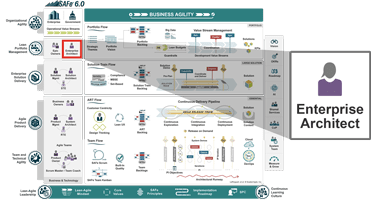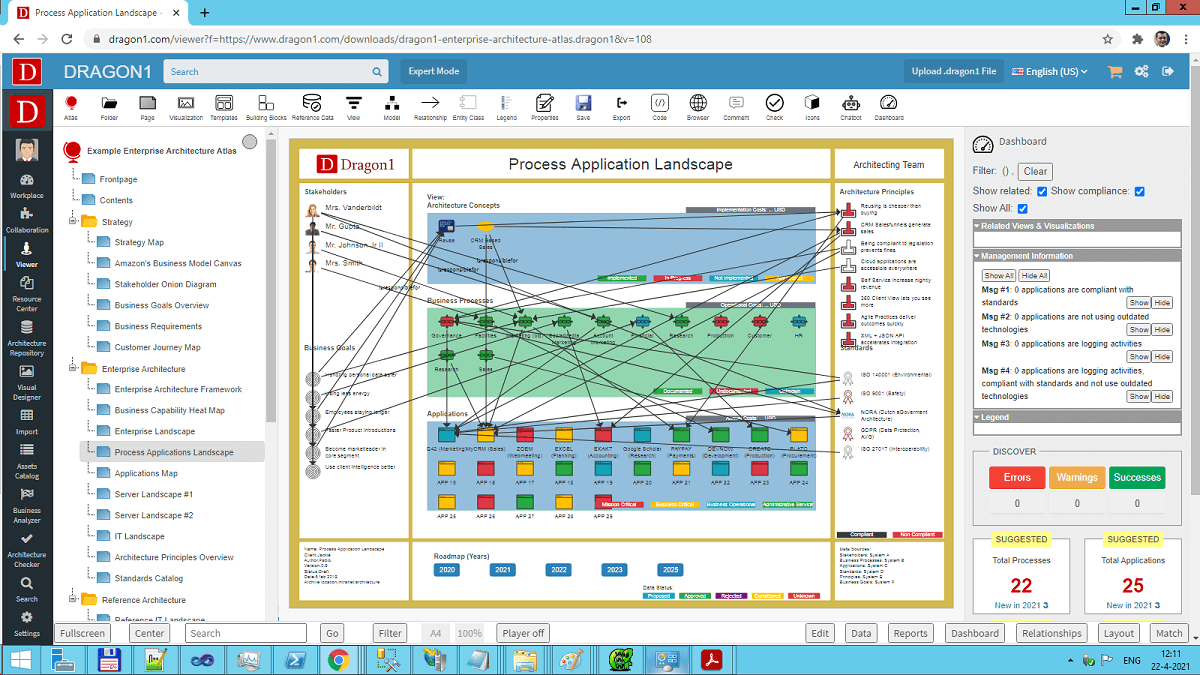Introduction
In today's rapidly evolving digital landscape, businesses are under increasing pressure to adapt and transform. Application Portfolio Management (APM) plays a crucial role in enabling organizations to navigate the challenges of digital transformation effectively. This article explores the importance of APM in driving successful digital initiatives and outlines key strategies for implementing an effective APM framework.
The Role of Application Portfolio Management in Digital Transformation
Digital transformation refers to the integration of digital technologies into all aspects of business operations, fundamentally changing how organizations function and deliver value to their customers. In this context, APM serves as a strategic approach to managing an organization's More help collection of software applications. By assessing and optimizing the application portfolio, businesses can align their technology investments with their overall digital strategy.

Why is Application Portfolio Management essential for Digital Transformation?
The digital landscape is characterized by continuous innovation and ever-changing technology trends. Organizations must Go here constantly evaluate their application portfolio to ensure it remains relevant and aligned with business objectives. Here are some key reasons why APM is crucial for successful digital transformation:
Enables agility and flexibility: As organizations undergo digital transformation, they need to quickly adapt to new market demands and consumer expectations. APM provides insights into the current state of applications, allowing businesses to identify opportunities for consolidation, modernization, or retirement. This enables them to respond agilely to changing business needs.
Optimizes resource allocation: Application portfolios often comprise a mix of legacy systems, custom-built applications, and third-party solutions. APM helps organizations understand which applications are critical for achieving their digital goals and which ones may be redundant or underutilized. By optimizing resource allocation, companies can free up budget for innovation and strategic initiatives.
Enhances user experience: In the age of digital customer experience excellence, applications play a vital role in delivering seamless interactions across multiple touchpoints. APM enables organizations to identify and address performance bottlenecks, usability issues, and security vulnerabilities, thereby enhancing the overall user experience.
Mitigates risks: Digital transformation initiatives often involve complex integration projects, cloud migration, or adoption of emerging technologies. APM provides visibility into application dependencies, potential risks, and compliance gaps. This allows businesses to proactively manage risks and ensure a smooth transition during the transformation process.
How to Implement Effective Application Portfolio Management?
Implementing an effective APM framework requires a comprehensive strategy and a combination of people, processes, and technology. Here are some key steps to consider:

Define clear objectives: Start by clearly defining the goals and objectives of your APM initiative. Are you looking to reduce costs, improve application performance, or enhance security? Aligning your APM strategy with broader digital transformation objectives will help prioritize efforts and secure executive buy-in.
Catalog applications: Develop a comprehensive catalog of all applications within your organization. This should include details such as the application owner, business function, technology stack, dependencies, and usage metrics. Utilize APM tools like ServiceNow's Application Portfolio Management module to automate this process.
Assess application health: Evaluate the health of each application in your portfolio based on criteria such as functionality, technical debt, scalability, and business value. This assessment will help you identify applications that require modernization or retirement.
Prioritize actions: Once you have assessed the health of each application, prioritize actions based on business impact and feasibility. Consider factors such as cost-benefit analysis, resource availability, and alignment with strategic objectives.
Create a roadmap: Develop a roadmap for optimizing your application portfolio based on the prioritized actions. This roadmap should outline timelines, resource requirements, milestones, and success measures.
Implement governance processes: Establish governance processes to ensure ongoing monitoring and management of the application portfolio. This includes regular reviews, ownership assignments, performance tracking, and compliance audits.
Frequently Asked Questions (FAQs)
What is Solution Architecture? Solution Architecture refers to the process of designing and implementing technology solutions that meet specific business requirements. It involves selecting the right technologies, integrating them effectively, and ensuring alignment with enterprise architecture principles.
What is Solution Architecture Management? Solution Architecture Management involves the ongoing governance and optimization of an organization's technology solutions. It ensures that solution designs are aligned with business objectives, technology standards, and industry best practices.
What is a Solution Architect? A Solution Architect is a professional responsible for translating business requirements into technical solutions. They design and implement technology architectures that support business strategies and goals.
What is Application Portfolio Management? Application Portfolio Management (APM) refers to the systematic evaluation, rationalization, and optimization of an organization's collection of software applications. It involves assessing the value, cost, risk, and health of each application to inform strategic decision-making.
What are ServiceNow Application Portfolio Management tools? ServiceNow offers a comprehensive suite of tools for managing application portfolios effectively. Their Application Portfolio Management module provides features such as cataloging applications, assessing health, prioritizing actions, and tracking progress.
What are Enterprise Architecture tools and solutions? Enterprise Architecture (EA) tools and solutions help organizations manage their overall IT landscape by providing insights into architecture dependencies, technology roadmaps, and alignment with business goals. Examples include TOGAF, ArchiMate, and Sparx Systems Enterprise Architect.
Conclusion
In conclusion, Application Portfolio Management plays a critical role in driving successful digital transformation initiatives. By optimizing the application portfolio, organizations Article source can enhance agility, resource allocation, user experience, and risk mitigation. Implementing an effective APM framework requires clear objectives, comprehensive cataloging, health assessment, prioritization, roadmap development, and ongoing governance. By adopting best practices and leveraging APM tools like ServiceNow, businesses can navigate the complexities of digital transformation with confidence.